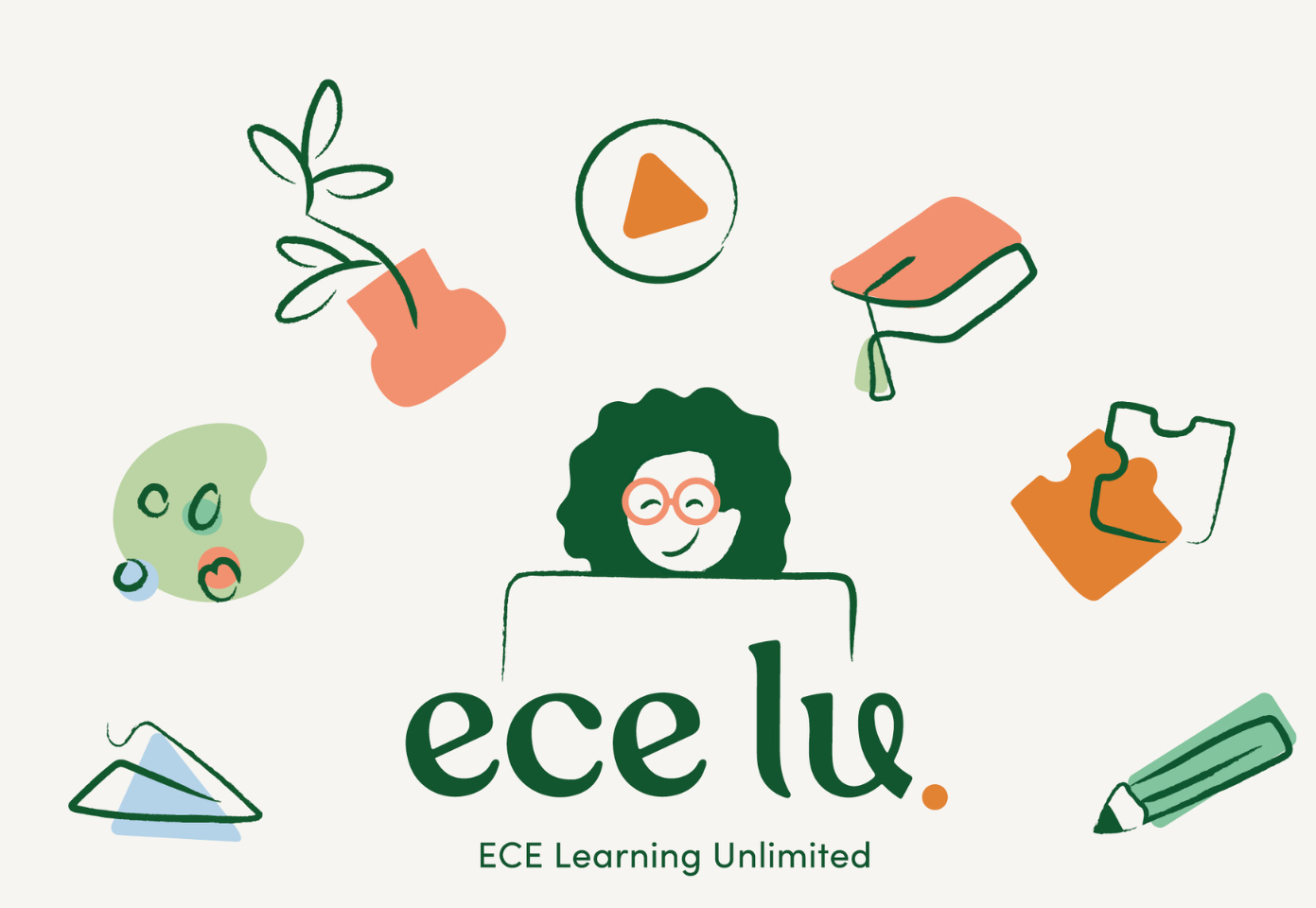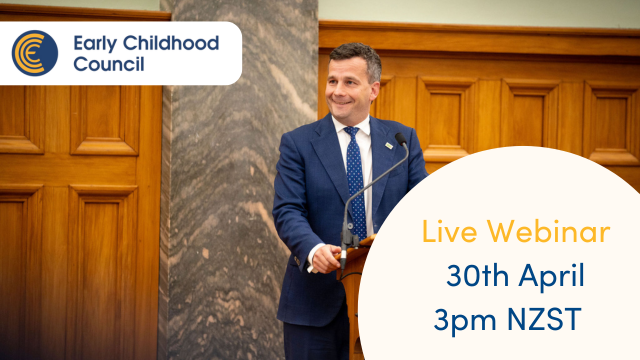I recently wrote about settling strategies for infants and toddlers. This included a range of ways in which early childhood teams can work together to support our youngest children and their family through an emotionally challenging time. For any child who is struggling with settling, this is a critical time where their whole wellbeing must be at the forefront of our priorities. To learn specifically about settling strategies read that blog here.
Nathan Wallis (neuroscience educator) reminds us;
“The relationships a child has in their early years are so important in terms of wiring their brains up.”

Well unless you are on a dreadful reality TV show such as “Married at first sight,” for most of us we would not dream of it. And yet this is EXACTLY what we do to our youngest children who have no choice in the matter.
- Parents visiting to choose a service and starting their child the next week, or even worse the next day.
- Children starting in care who came to visit the service only once.
- Children starting in care with one teacher one day, and another teacher the next day.
- Crying children being passed from one teacher to another while they take their breaks, or attend to tasks.
- Multiple new children starting at the same time, on the same days. Children screaming as they are peeled from their mother’s arms.
In these situations, we are basically making a very young, vulnerable child move in with strangers into a highly stressful and frankly non existent arranged relationship.
So what should we be doing differently?
How can we ensure children and families are given the best opportunity
Start by putting a stake firmly in the ground.
Discuss your why as a team
If relationships are truly at the heart of your philosophy, then how is this evident in your induction processes?

Create an induction strategy that includes;
2. Getting to know you
3. Visit, stay and play

4. Spend time engaging with the child in play.
5. Show the child and their family where everything is, and what to do.

It is highly likely that your centre will have meal time routines that are unfamiliar to this child and family. And yet this is the time and space where we can connect with children over food. The meal table is where we nourish not only little stomachs, but also their minds, hearts and souls. For parents, often one of their biggest concerns will be around their child getting enough to eat and drink. Therefore, it is reassuring to parents to see that their child is eating and drinking with you.

7. Change the child's nappy together
9. Create an agreed plan for separation
10. Coach parents in how to say goodbye
The induction process is for the parents and family, as much as it is for the child. But for many parents, they may still need your professional guidance in how to create a drop off routine and how to say goodbye positively.
Creating a consistent and predictable drop off routine is helpful for everyone in this relationship. If parents do the same things, in the same order at every drop off time, this makes the process much easier for the caregiver to anticipate when they may need to offer a hug, or be alongside the child when their parent says goodbye.
A consistent drop off routine also helps the child to become familiar with what is going to happen. And parents will often need to be coached in the importance of saying goodbye and then walking out of the room. Lingering, or prolonging saying goodbye often makes the actual moment of separation more difficult for everyone. And it is important that parents are advised never to sneak out to avoid tears.
The length of time it takes to positively and successfully transition a new child into your care, will vary. But at the minimum I suggest that this is likely to be a two – three week process that includes multiple visits. Afterall, remember this child is moving in with you at your ECE service and you are all strangers in a strange land.

Angela Bush
Share your thoughts...






